Skype: neodalle-travel
Tel: +86 135 7447 2266
E-mail: sales@visitaroundchina.com
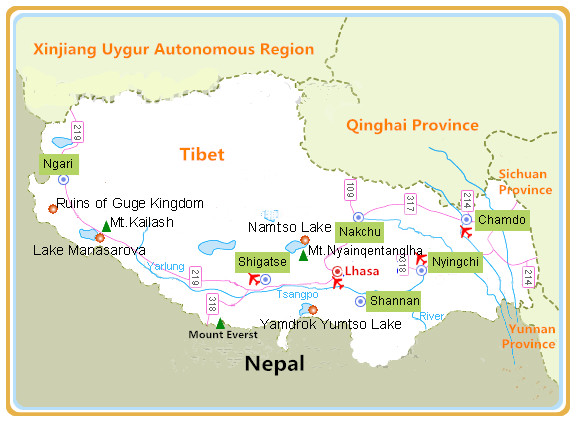 Shigatse, also named Xigatse, means 'the fertile land', and it is the Second Largest City Famous for Everest and Majestic Monasteries in Tibet. Located in the plain at the confluence of the Yarlong Tsangpo and Nyangchu Rivers, where Tibet's most fertile land is to be found, it borders Ngari to the west, Nagqu to the north, Lhasa and Shannan to the east and shares boundaries with Nepal, Bhutan and India. It is about 276 kilometers from Lhasa. The city has a history going back more than 600 years and it is the traditional seat of the Panchen Lama, one of the spiritual leaders in Tibet.
Shigatse, also named Xigatse, means 'the fertile land', and it is the Second Largest City Famous for Everest and Majestic Monasteries in Tibet. Located in the plain at the confluence of the Yarlong Tsangpo and Nyangchu Rivers, where Tibet's most fertile land is to be found, it borders Ngari to the west, Nagqu to the north, Lhasa and Shannan to the east and shares boundaries with Nepal, Bhutan and India. It is about 276 kilometers from Lhasa. The city has a history going back more than 600 years and it is the traditional seat of the Panchen Lama, one of the spiritual leaders in Tibet.
Facts of Tibet
Chinese Name: 日喀则 (rì kā zé)
Location: in the southwest of Tibet, southwest China
Area: 182,000 square kilometers (about 70,270 square miles)
Population: 870,700
Nationalities: Tibetan, Han, Hui, Mongolian
Administrative Division: 1 municipal district (Sangzhuzi), 17 counties (Jiangzi, Bailang, Lazi, Sagya, Gangba, Dingjie, Dingri, Nyalam, Kangma, Yadong, Buren, Nanmulin, Xietongmen, Jilong, Angren, Saga, Zhongba)
Area Code: 0892
Zip Code: 857000
History of Shigatse
Before the 1950s, the region remained in a primitive state in terms of its economy and its people's lifestyle. Following reformation and the opening up to the modern world, a series of highways were built up.
What to see in Shigatse ?
Shigatse has become one of the most attractive tourist destinations in Tibet due to its ancient culture, majestic monasteries, magnificent natural landscape, and superior geographical location. Going upstream from Lhasa along the Yarlung Zangbo River and passing through the Yamzho Yumco Lake, you will enter the Shigatse region. Continue to the south and you will reach a beautiful glacier world and the world's highest peak Everest. It is 150 kilometers away from the Sakya Monastery. Then go west to the Zhangmu Port, the gate to Nepal, where you can purchase exotic commodities from Southeast Asian countries.
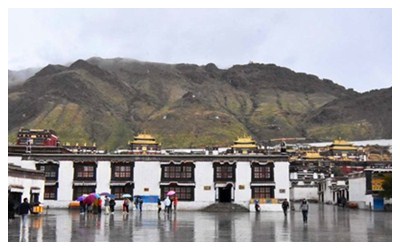 |
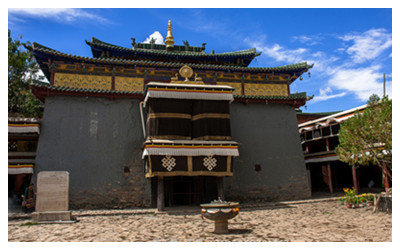 |
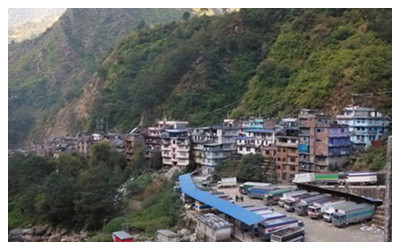 |
| Tashilhunpo Monastery | Shalu Monastery | Zhangmu Town |
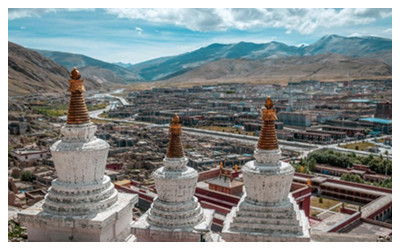 |
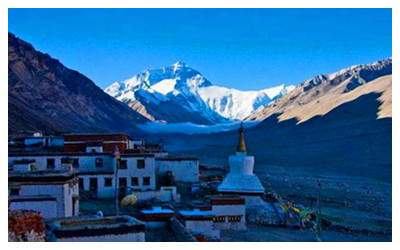 |
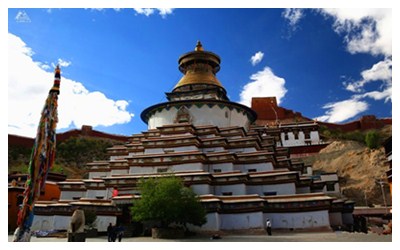 |
| Sakya Monastery | Rongbuk Monastery | Palcho Monastery |
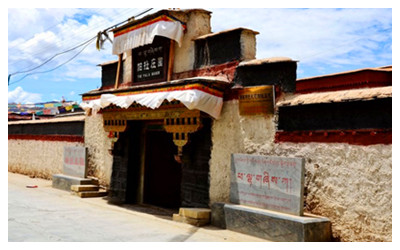 |
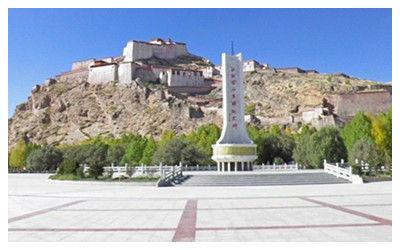 |
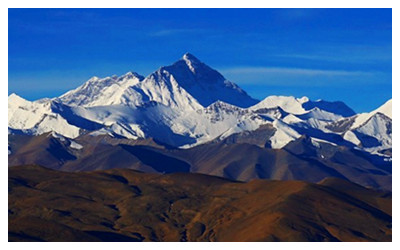 |
| Pala Manor | Dzong Fortress | Mount Everest |
When to visit Shigatse ?
The average elevation here is in a range of 3840 meters - 4464 meters, which endows cool and even cold weather to the area. In the high plateau, the climate is not very pleasant due to the frequent wind and dry atmosphere. However, it is not bad a place for summering.
How to get to Shigatse ?
Nowadays, the area is an important Tibetan communication hub and an air of modernization pervades the area. New industries including mechanics, chemicals and food production thrive here. Meanwhile, the traditional handcrafts have been encouraged and expanded. Products such as Tibetan knives as well as items of silver and gold are sought after throughout China and are exported abroad.
By Air: Shigatse Heping Airport is located in Jiangdang Township, Shigatse Region, about 43 kilometers (26.7 miles) to downtown area. It is the fifth civil aerodrome of Tibet (The other four are Gonggar Airport of Lhasa, Bangda Airport of Qamdo, Mainling Airport of Nyingchi and Kunsha Airport of Ngari). At present, the only airline here is the two flights every week from and to Chengdu. Shigatse Airport is 3,782 meters above sea level, make it one of the highest airports in China. Passengers can take flights to get here and then take easy access to attractions like Mount Everest, Tashilhunpo Monastery and Sagya Monastery.
By Train: Shigatse Railway Station is the ending point of Lhasa- Shigatse Railway, mainly operating trains to/from Lhasa. It is about 8 kilometers (5 miles) from Tashilhunpo Monastery and about 150 kilometers to Sakya Monastery. It is also the nearest railway station to the base of Mt. Everest, the distance between which is about 360 kilometers .Shigatse Railway Station mainly operates trains from/to Lhasa, and passengers need to transfer trains at Lhasa Railway Station if they need to go to other cities such as Beijing, Xi’an, Xining, Lanzhou, Luoyang, Golmud, Nakchu, etc.
Address: Zhandu Village, Jiacuoxiong Township, Sangzhuzi District
By Bus: Traveling to Shigatse, you can take tourist buses heading for the nearby venues such as Lhasa, Zhangmu and Nakchu. No.318 National Highway and the China-Nepal Highway. These connect Shigatse with the outside world while opening up the outside world to people living here.
Shigatse Travel Tips
Local Highlights: In the city, hotels and motels of different classifications satisfy visitors' needs. Although the accommodation in this remote area cannot be compared with those in modern cities, they are still important and plentiful.Public amenities such as the post office and banks do much to facilitate travel in Tibet.
Nightlife in Shigatse : Compared with modern coastal cities in China, Shigatse is still underdeveloped. As for nightlife, it is certainly not comparable to other big cities. Unlike the stores in other cities, most of the shops in Shigatse City are closed at 18:00. Thus, there are few places for you to pass your time at night. However, the night market in Jiefang Road (Middle) would be a good choice. It is quite a lively place. Various foods in different styles are served, like hotpot, fried dishes and brochettes. Your appetite can be well satisfied here. Nightlife in Shigatse is getting more prosperous. Shops along streets are still busy at midnight. There are few places of entertainment: four mass art centers, two cinemas and some others. Shigatse is much attractive in its own folk arts. People there will spend four new year's days annually and the Tibetan New Year's Day is the grandest one. This is a charming place especially for its folk songs and dances. Tibetan opera also originated from this area. Compared with the modern entertainments, these must be better and wiser choices.
Shopping in Shigatse: There are many delicate handcrafts in Shigatse including: the Tibet knife, Tangkar, cushion and golden and silver wares. The Tibet knife is a necessity in a Tibetan's life. The steel-made knife is of great importance not only for its practical use in daily life but also for its artistic value. The most well-known of the Tibet knives come from Lhatse in Shigatse. The handle is often made of ox horn, ox bone or wood and some of the more exquisite ones are entwined with silver or copper filigree. The sheaths are typically covered with brass, white copper or silver carved with animals and plants. Some of the sheaths are even gilded or inlaid with jewelry.
Shigatse Food: The typical Tibetan food, is similar to what you find in any area of Tibet. Tibetan food reflects the character of the people in this vast and remote area, simple and practical without any pretensions. It is simple because the material is mainly dairy products and beef and mutton; and practical because these foods are full of nutrition and calories so that they can provide enough energy. Because of the high elevation and cold weather in most areas, food with plenty energy is very necessary.
 Ask Questions ?
Ask Questions ?